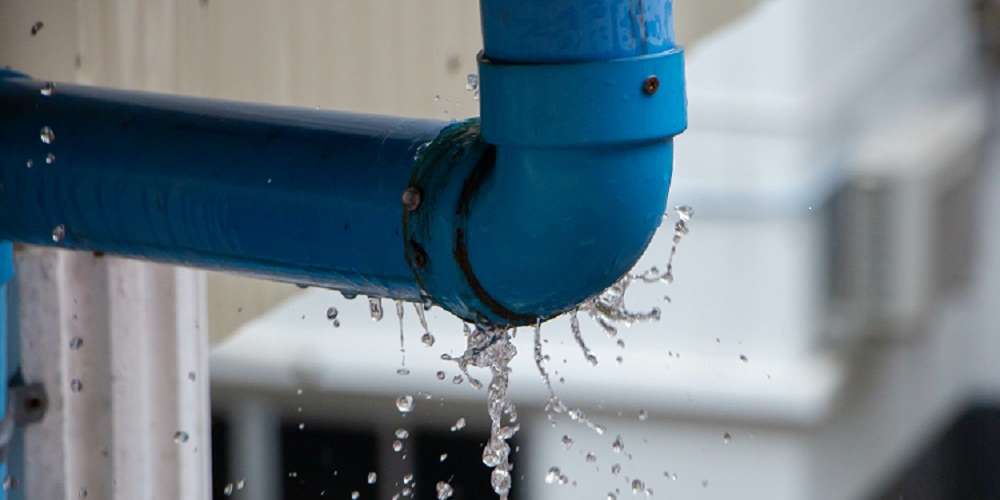6 Ways to Locate Concealed Water Leaks in Your Residence
6 Ways to Locate Concealed Water Leaks in Your Residence
Blog Article
The article in the next paragraphs on the subject of Finding hidden leaks is relatively intriguing. Check it out yourself and figure out what you think about it.

Early detection of dripping water lines can alleviate a prospective disaster. Some small water leakages might not be visible.
1. Examine the Water Meter
Inspecting it is a surefire means that assists you discover leaks. If it relocates, that suggests a fast-moving leak. This suggests you may have a sluggish leak that could also be underground.
2. Check Water Usage
If you identify abrupt modifications, despite your intake being the very same, it implies that you have leakages in your plumbing system. A sudden spike in your expense indicates a fast-moving leakage.
At the same time, a consistent increase monthly, even with the exact same practices, shows you have a sluggish leak that's also slowly rising. Call a plumber to completely inspect your residential property, particularly if you really feel a cozy location on your floor with piping underneath.
3. Do a Food Coloring Examination
When it involves water usage, 30% comes from bathrooms. Test to see if they are running correctly. Drop flecks of food shade in the storage tank and wait 10 mins. If the color in some way infiltrates your bowl during that time without flushing, there's a leak in between the tank as well as bowl.
4. Asses Exterior Lines
Do not forget to examine your outside water lines too. Must water seep out of the connection, you have a loosened rubber gasket. One little leak can lose heaps of water and surge your water expense.
5. Examine the scenario as well as check
Homeowners ought to make it a practice to check under the sink counters as well as even inside cupboards for any bad odor or mold and mildew growth. These two red flags show a leakage so prompt interest is needed. Doing regular evaluations, even bi-annually, can save you from a major trouble.
If you recognize your house is already old, maintain a watchful eye on your heaters, pipes, pipes and so on. Check for discolorations and also deteriorating as the majority of pipelines and home appliances have a life span. They will likewise naturally wear away as a result of deterioration. Don't wait for it to escalate if you believe leaking water lines in your plumbing system. Call a professional plumber immediately so you don't wind up with a dreadful mess in your home.
Early discovery of dripping water lines can alleviate a possible catastrophe. Some little water leaks might not be noticeable. Checking it is a guaranteed way that helps you find leakages. One small leak can squander bunches of water and also surge your water costs.
If you think leaking water lines in your plumbing system, do not wait for it to escalate.
WARNING SIGNS OF WATER LEAKAGE BEHIND THE WALL
PERSISTENT MUSTY ODORS
As water slowly drips from a leaky pipe inside the wall, flooring and sheetrock stay damp and develop an odor similar to wet cardboard. It generates a musty smell that can help you find hidden leaks.
MOLD IN UNUSUAL AREAS
Mold usually grows in wet areas like kitchens, baths and laundry rooms. If you spot the stuff on walls or baseboards in other rooms of the house, it’s a good indicator of undetected water leaks.
STAINS THAT GROW
When mold thrives around a leaky pipe, it sometimes takes hold on the inside surface of the affected wall. A growing stain on otherwise clean sheetrock is often your sign of a hidden plumbing problem.
PEELING OR BUBBLING WALLPAPER / PAINT
This clue is easy to miss in rooms that don’t get much use. When you see wallpaper separating along seams or paint bubbling or flaking off the wall, blame sheetrock that stays wet because of an undetected leak.
BUCKLED CEILINGS AND STAINED FLOORS
If ceilings or floors in bathrooms, kitchens or laundry areas develop structural problems, don’t rule out constant damp inside the walls. Wet sheetrock can affect adjacent framing, flooring and ceilings.
https://www.servicemasterbyzaba.com/blog/how-to-detect-water-leakage-in-walls/

I was brought to that write-up about Locating water leaks from an acquaintance on our other web page. Be sure to take the time to share this blog if you liked it. Thanks a bunch for your time. Please come by our blog back soon.
Report this page